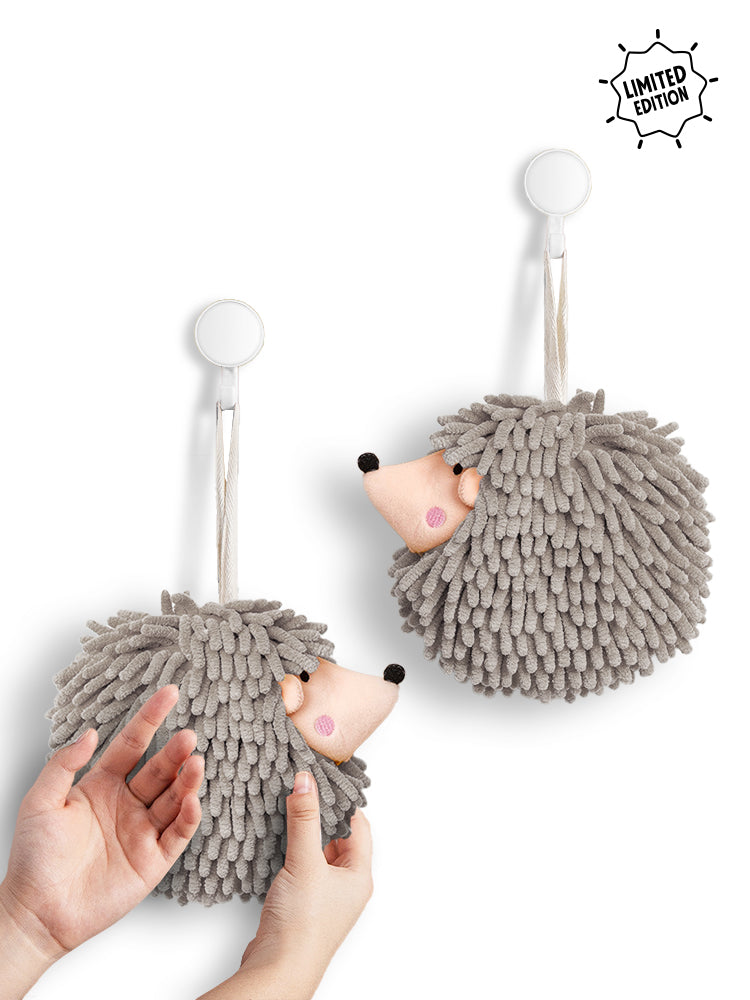
As a professional organizer who moves frequently, I'm a big proponent of the move-out organizing method. With every move, I noticed my load getting lighter because I didn’t want to haul anything unnecessary to my new home, even if I was upsizing. Aside from the added financial burden of moving boxes, I’ve found it easier to declutter as I packed than to find room for things as I unpacked.
As a result, the clutter in my life continues to shrink, making my space more serene and easier to keep clean. Because I've frequently moved, I’ve been using the move-out method for quite a while—but it can work for anyone, even if you plan to stay put for years to come!
That’s because the technique simulates the experience of moving out, allowing you to take a no-nonsense approach to decluttering and create a fresh start in your home. If you’re tired of shuffling the clutter around and are open to trying this mindset shift, read on as we’ll break down what the move-out method is, and how to implement it.
What Is the Move-Out Method?
The Move-Out Method is an organizing technique introduced by Katie Holdefehr, the associate editorial director of Real Simple, in her book Embrace Your Space. The concept is straightforward: it encourages you to approach each room or area as if you are preparing to move out of your home. According to Holdefehr, the key question to ask when working through each space is, ‘Would I take this with me if I was moving?’
By assessing each item under that premise, you’re naturally inclined to hold onto only what you need, want, or cherish. Also, it will feel more practical to get rid of anything that doesn’t fall into those categories. The move-out method is about being intentional with what you keep in your home, even if you have no intention of moving anytime soon.
How to Implement the Move-Out Method
Putting this technique into practice is more painless than you probably think.
1. Select a Space to Start
Before beginning any decluttering project, it’s important to choose a specific area to focus on. I always suggest starting small, such as with the junk drawer, a bookshelf, or the medicine cabinet. If you're feeling ambitious, you can take on a bigger challenge, such as decluttering your closet or the kitchen. Focusing on one manageable space at a time helps prevent the process from becoming too overwhelming too quickly (which makes it easier to keep going!).
2. Pull Everything Out
Next, remove every single item from the space you've selected. I recommend having a nearby ‘staging location,’ such as a clear table, countertop, bed, or even the floor if necessary. Place sheets or towels down to protect surfaces and keep them clean before getting started. Laying it all out so that each item is visible helps you to clearly see exactly what you have. We often forget about the things tucked away in the back of drawers, closets, cabinets, or buried under other items. This step brings them to the forefront so you can make more informed decisions.
3. Assess Each Item
Different decluttering methods will have you asking yourself a variety of questions as you sort through your belongings. From Marie Kondo’s famous phrase: ‘Does this spark joy?’ to the 90/90 rule’s ‘Have I used this item in the last 90 days, and will I use this item in the next 90 days?,' these questions help prompt you to be realistic about what you’re keeping in your home.
The move-out method’s question has the same purpose. However, what works for one person may not work for another. So, if you’ve found yourself struggling to figure out whether or not something sparks joy, perhaps thinking about if you would take it with you if you had to move tomorrow will prove more effective.
As you move (ha!) along, maintain the following piles:
- Keep
- Keep but relocate to another space (i.e., makeup that turned up in the junk drawer should really live in the bathroom vanity)
- Donate
- Sell
- Discard or recycle
4. Reorganize the Space
Before you put anything back, take this opportunity to deep clean while the space is still empty. Vacuum, dust, or wipe surfaces and floors so the area is fresh for the next step: reorganizing. Handling only the items in your ‘keep’ pile, thoughtfully arrange each back into the space. Use storage containers like bins or drawer dividers and labels if you think it will help maintain the organization. Don’t forget to take a moment to marvel at how much neater and less crowded it now looks!
5. Revist the Space Regularly
No matter what home organizing or decluttering method you use, periodic maintenance is vital for long-lasting results. The beauty of the move-out method is that it resets your space, so it can be pretty easy to see when clutter starts piling up again. If you’re the kind of person who does well with visual clues, that alone can prompt you to reassess your things. If it tends to creep up on you, set calendar reminders every few months to repeat the task so you can keep your home tidy with minimal time and effort.
Source: Cornetta, M. (2025l, June 12). Why a professional organizer swears by the 'Move-Out' method for clearing clutter. Better Homes & Gardens. https://www.bhg.com/move-out-method-home-organizing-11680492


